Negligible Senescence
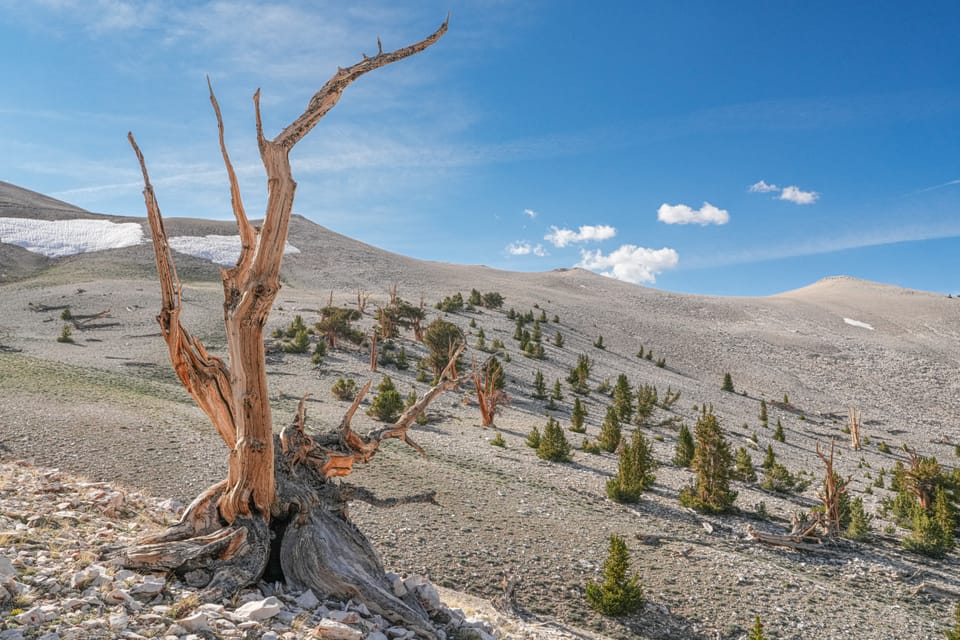
If you want to understand what it mean to get old, try asking one of the world's oldest organisms.

It takes a lot of effort to get to know a Great Basin bristlecone pine (first recognized as a distinct species in 1970). They live on some of the most extreme peaks in the American West, and access roads (if they exist at all) require long drives across hot, arid, steep, rocky terrain. Even with that effort, most stands of bristlecone pines are found on such remote peaks that very few humans ever visit them.

In these lofty, otherworldly realms, bristlecone pines somehow eke out an existence that is hard to grasp. Summers are bone dry, winters are bitterly cold, intense sunlight and brutal winds are nearly constant, and soils provide few nutrients or such high levels of other nutrients that they are toxic to most forms of life.
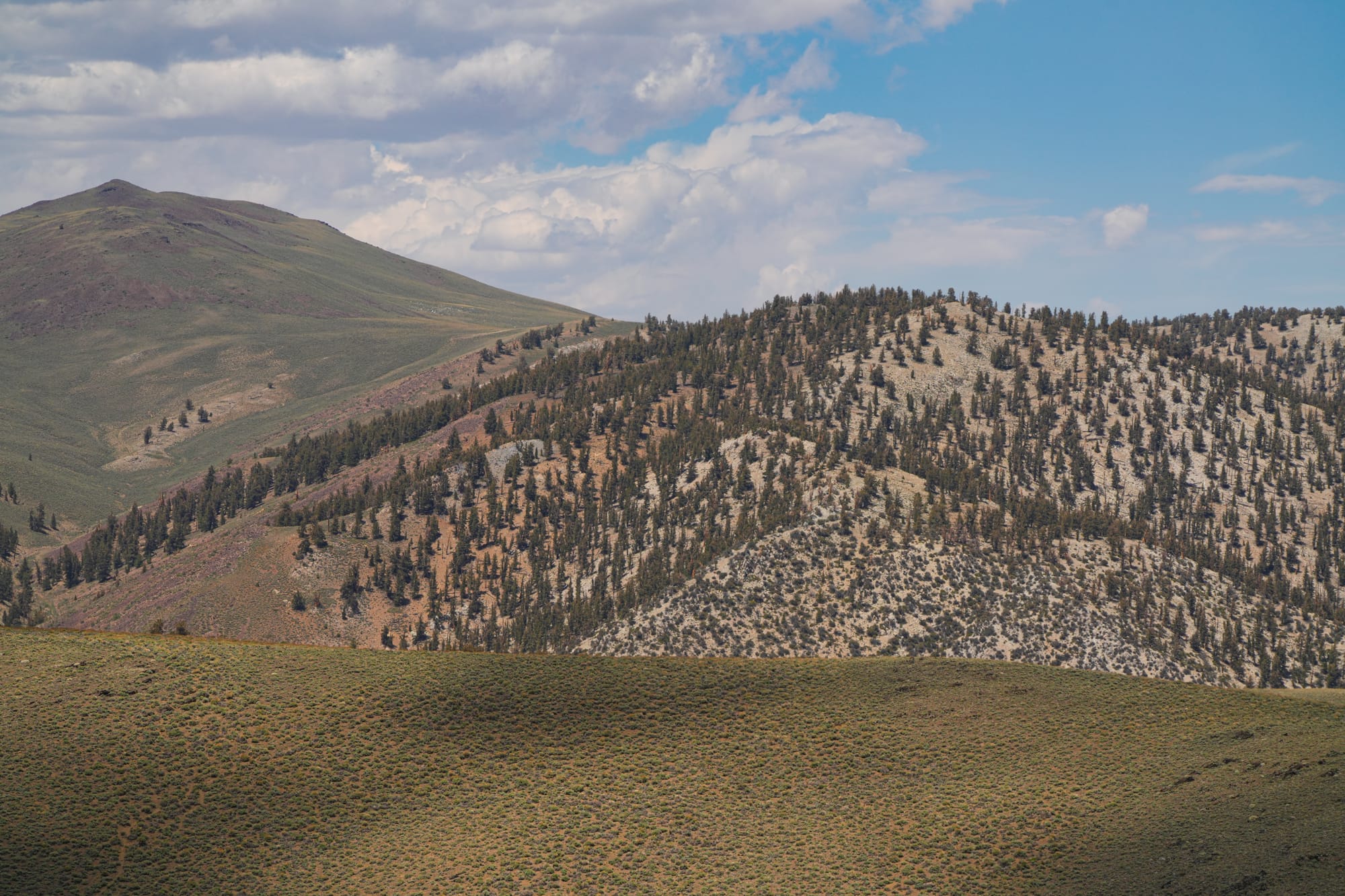
But bristlecones get around this problem by growing very slowly, over very, very long periods of time. If there's a bad year or two they can simply wait another year before adding a bit more growth when conditions are favorable.
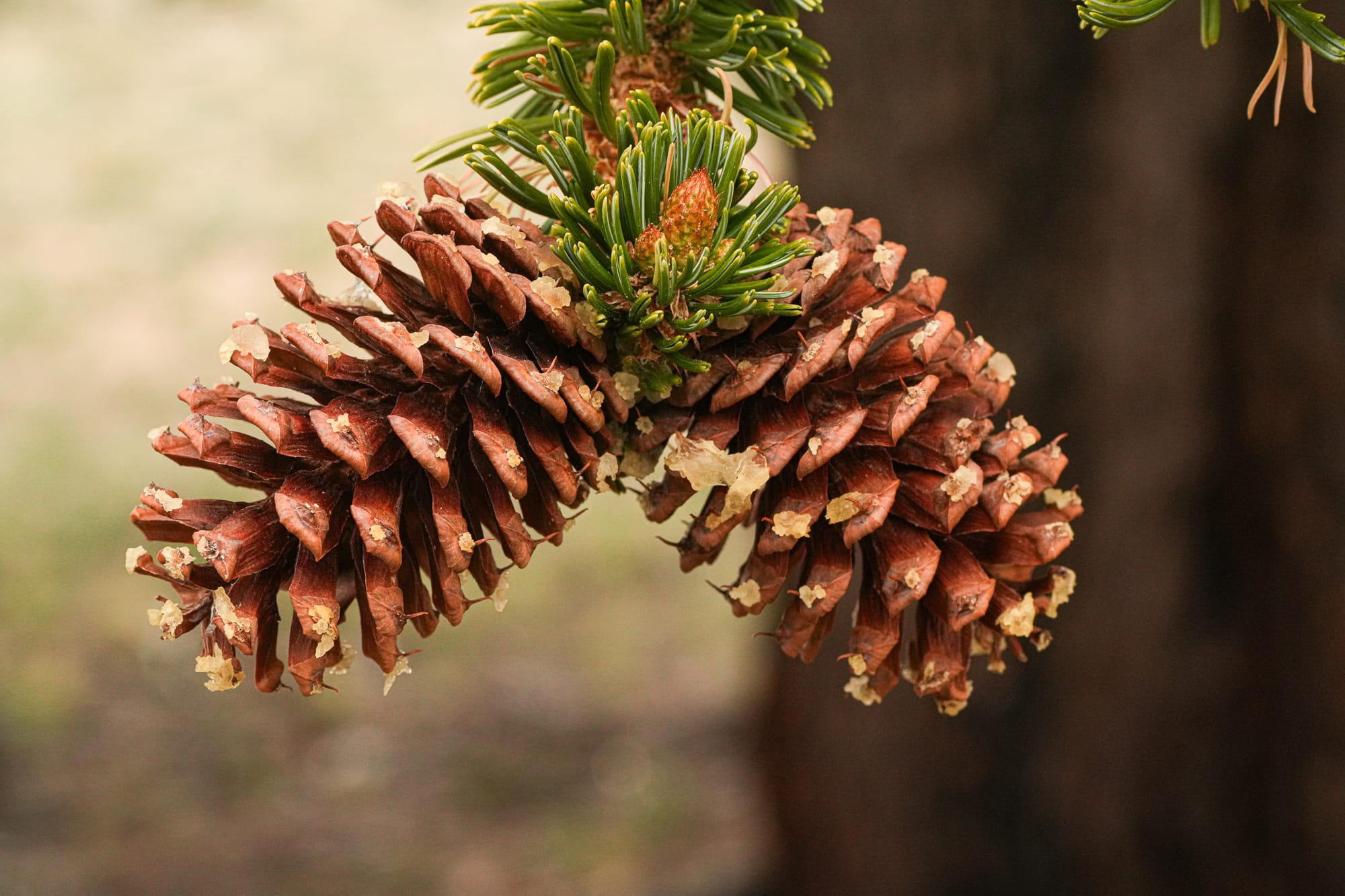
Exactly how long do they live? It turns out that no one really knows. Dendrochronologists who study tree rings have documented trees over 4800 years old, but scientists are still not entirely sure because the center of these trees are so dense that they can't penetrate the wood with their tree borers or the core of the tree might have heart rot that makes it impossible to count the microscopically tiny growth rings.
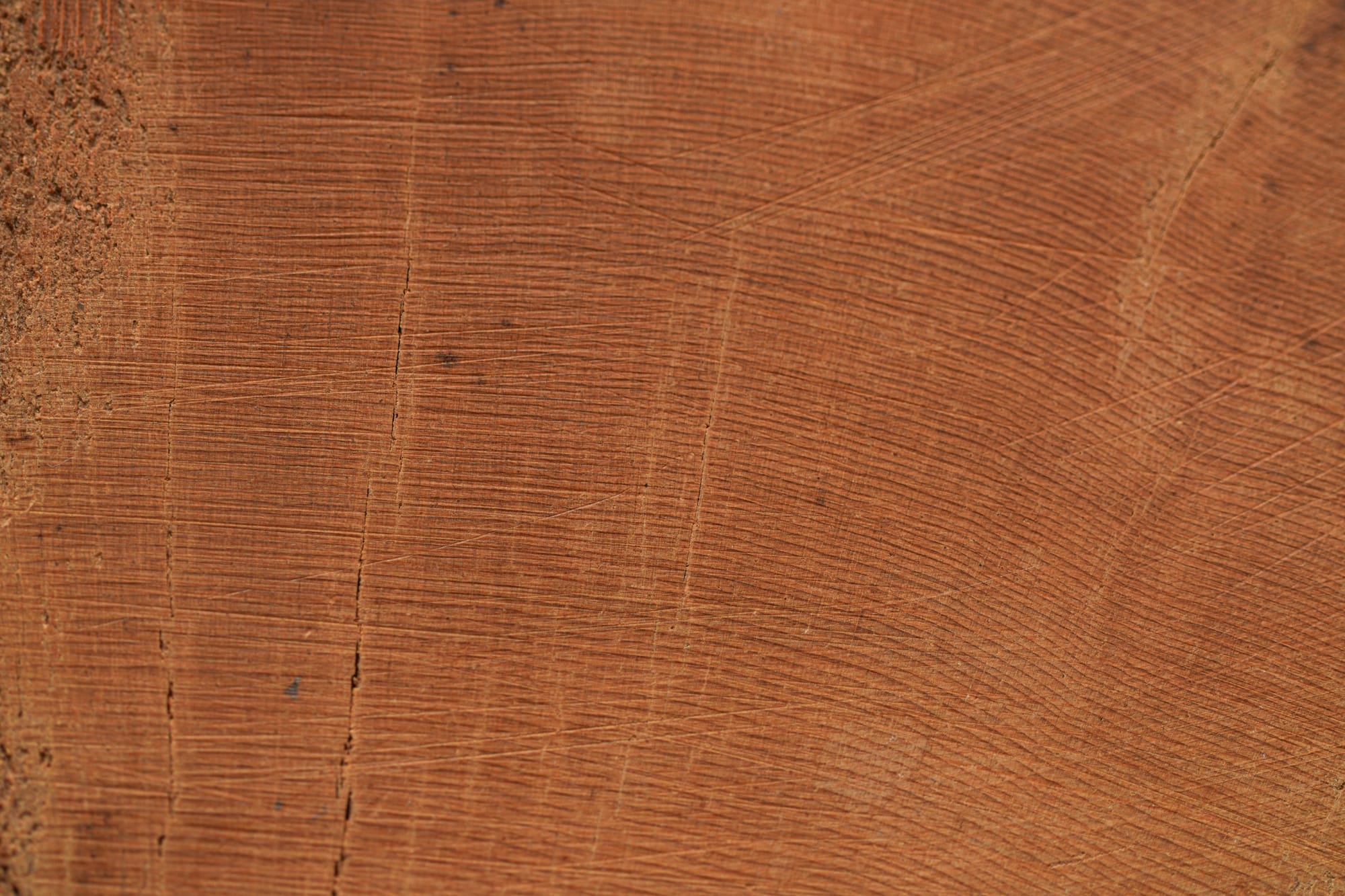
What matters more is that the oldest trees are still perfectly healthy and growing so no one knows the real, or potential, life span of these trees. One prominent researcher has said, "These trees do not die of old age; they die when something kills them."
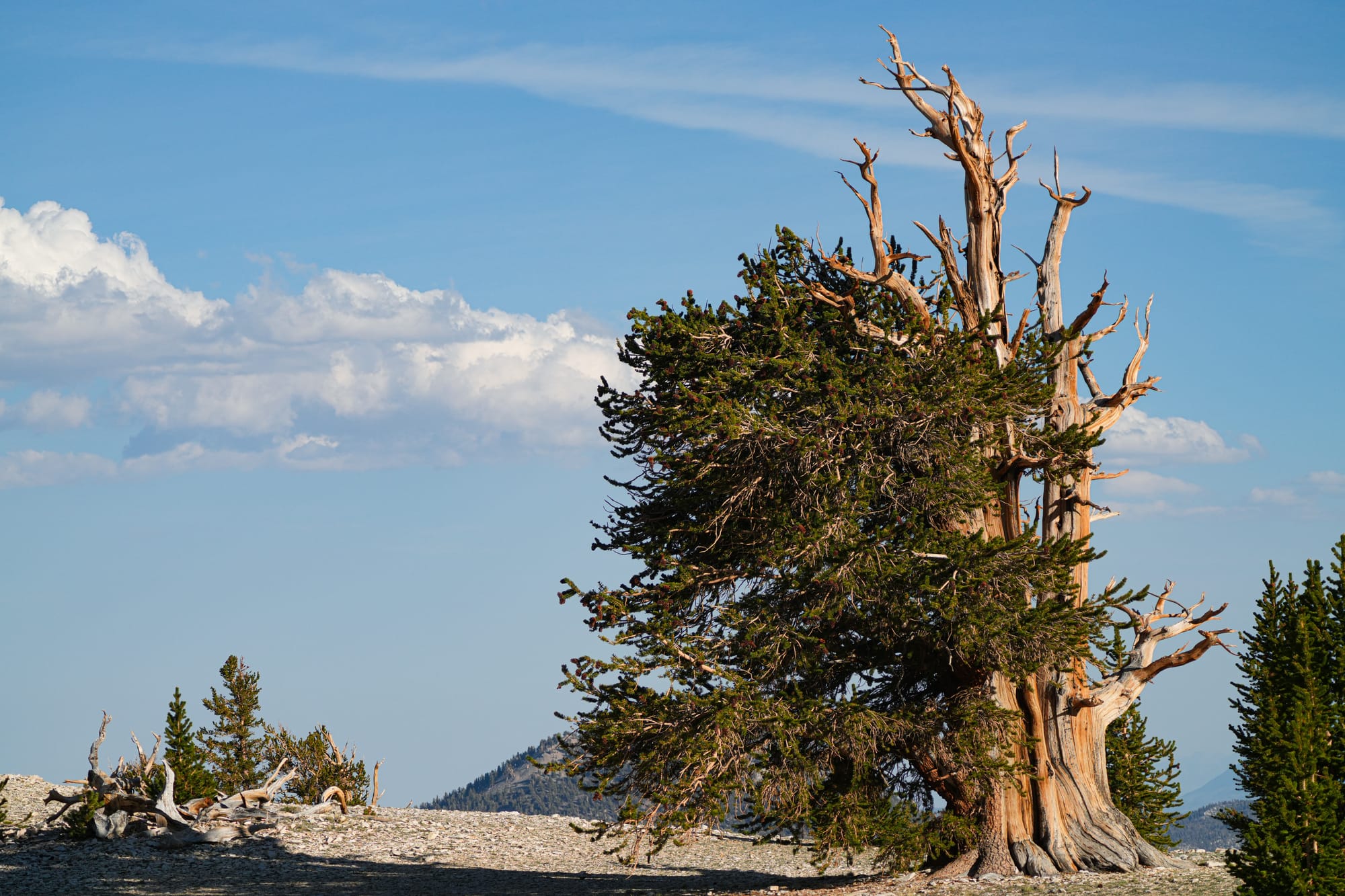
One apparent part of their success is that they compartmentalize their structure. Bristlecone pines have been called "a composite of partial trees" because each root nourishes and sustains a separate sector of the tree's trunk and adjacent branches. Therefore, if a root dies or is injured, only one part of the tree dies while the rest of the tree continues living.
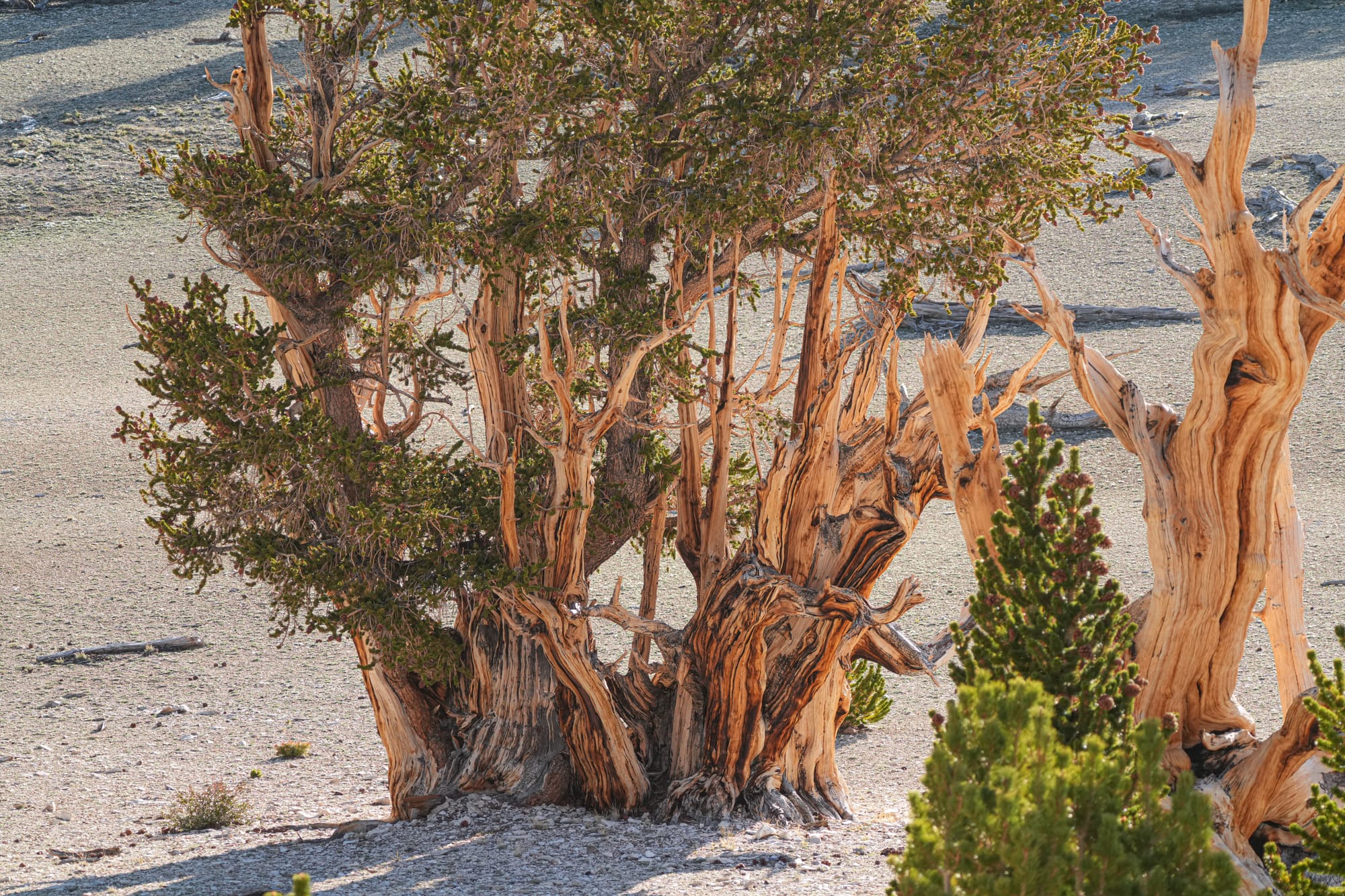
Bristlecone pines do something even more remarkable. Maintaining a big, woody trunk in extreme conditions takes a lot of energy, so nearly all older trees have dead trunks with single strips of living bark running up the tree to feed a few vigorous living branches. In fact, this is perfectly normal for bristlecone pines and they live like this for thousands of years.
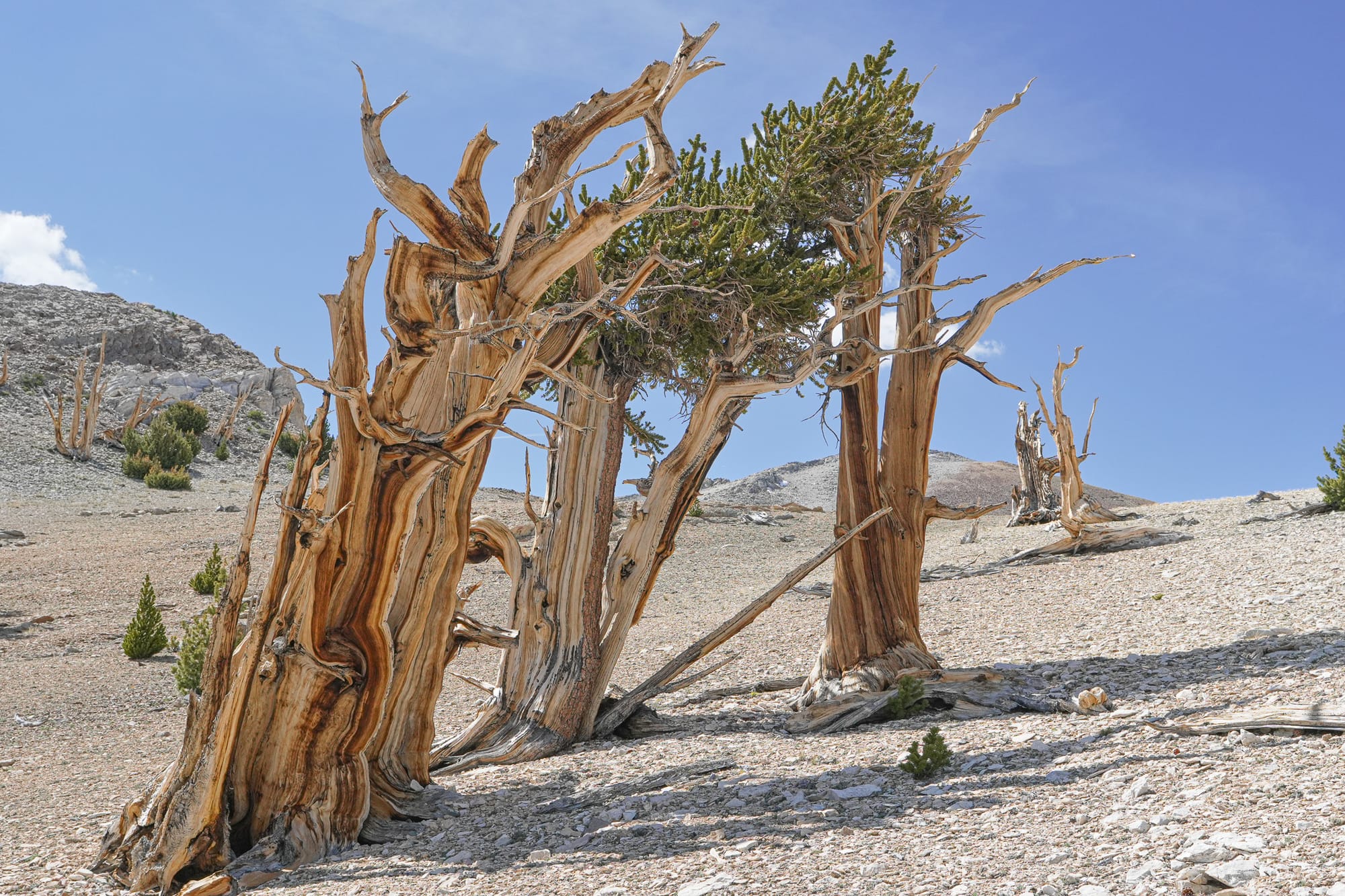
Researchers have recently examined every factor that could indicate old age in a tree and discovered that the oldest trees are just as vigorous as the youngest trees. Remarkably, they even discovered that the telomeres (the caps on DNA strands that begin to break down as an organism ages) in bristlecones show no signs of deterioration no matter how old a tree gets, leading to the conclusion that by every possible measure bristlecone pines have "negligible senescence."
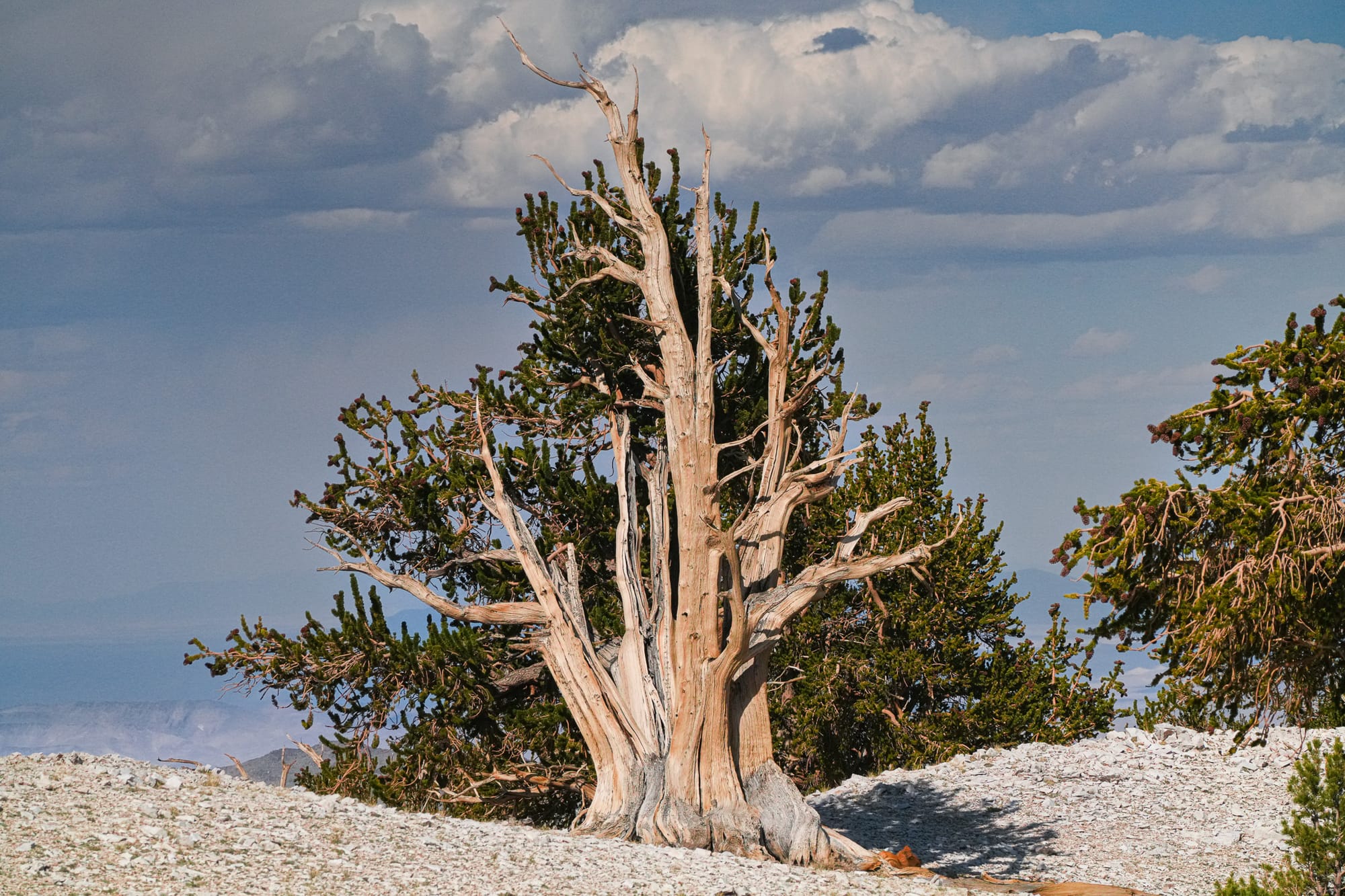
Bristlecone pines have another secret to their success. While they live in places that are so extreme they can barely survive and reproduce, "their enemies fare even worse." Bark beetles and pathogens that kill conifers at lower elevations cannot survive on these mountain peaks, and fungi that rot or kill trees cannot grow in such extremely dry conditions.
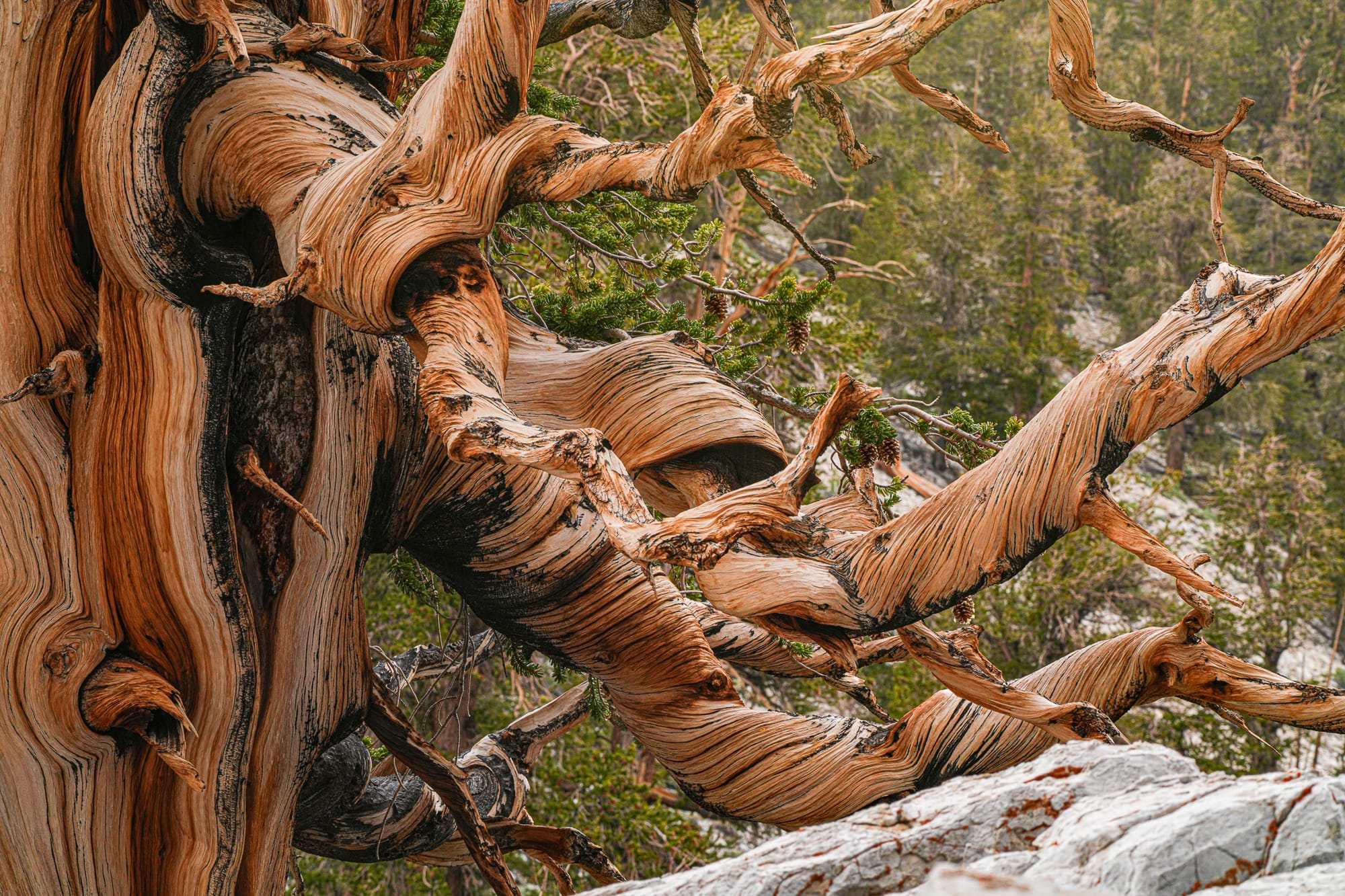
Essentially, a bristlecone pine has no enemies, and if wind blows it over or lightning kills the top of the tree it just sends out new branches and continues growing for thousands and thousands of years. This tree is a survivor and each one tells its own unique story with a beauty, grace, and charm that humbles our imagination.
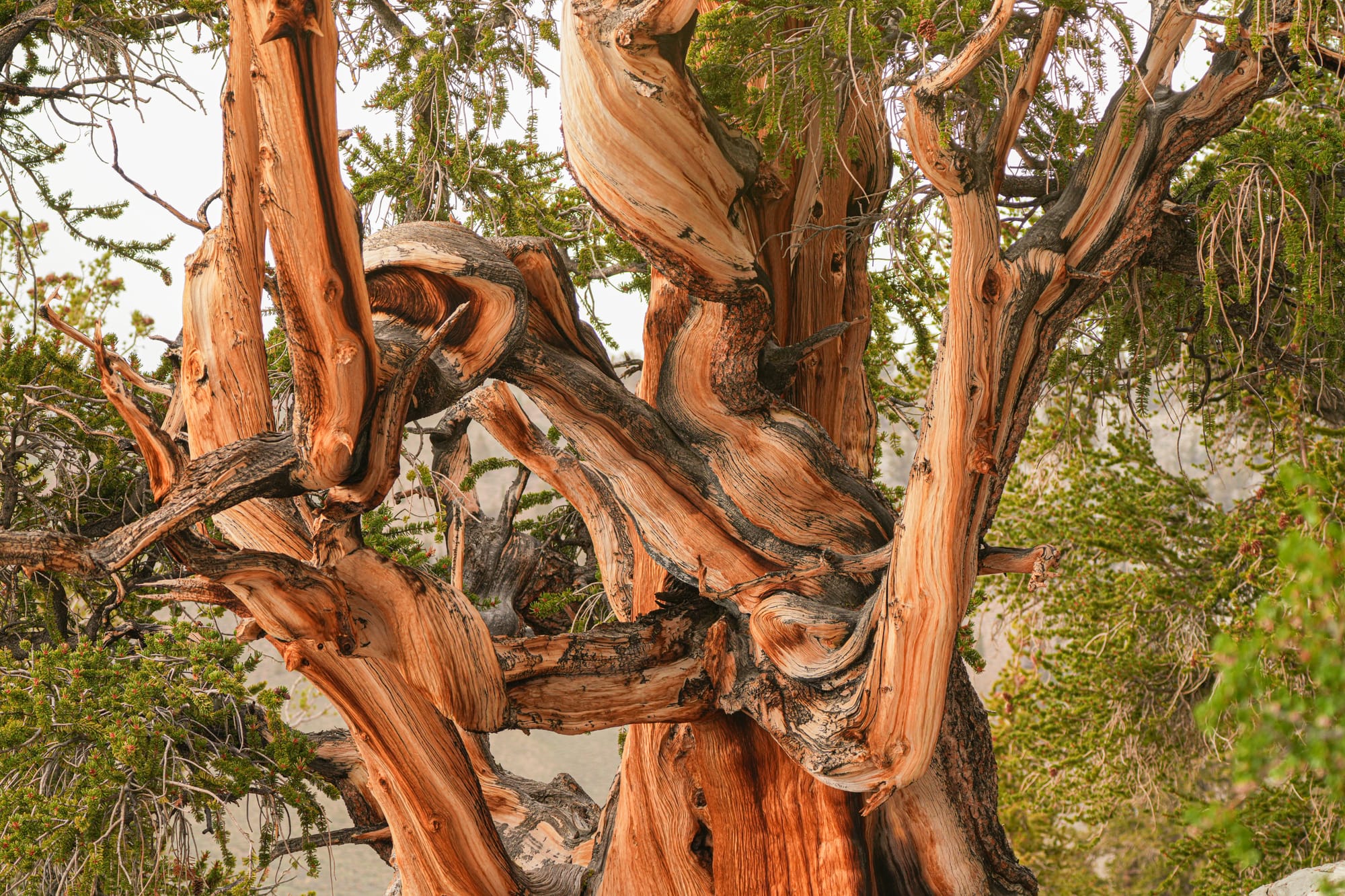

Member discussion